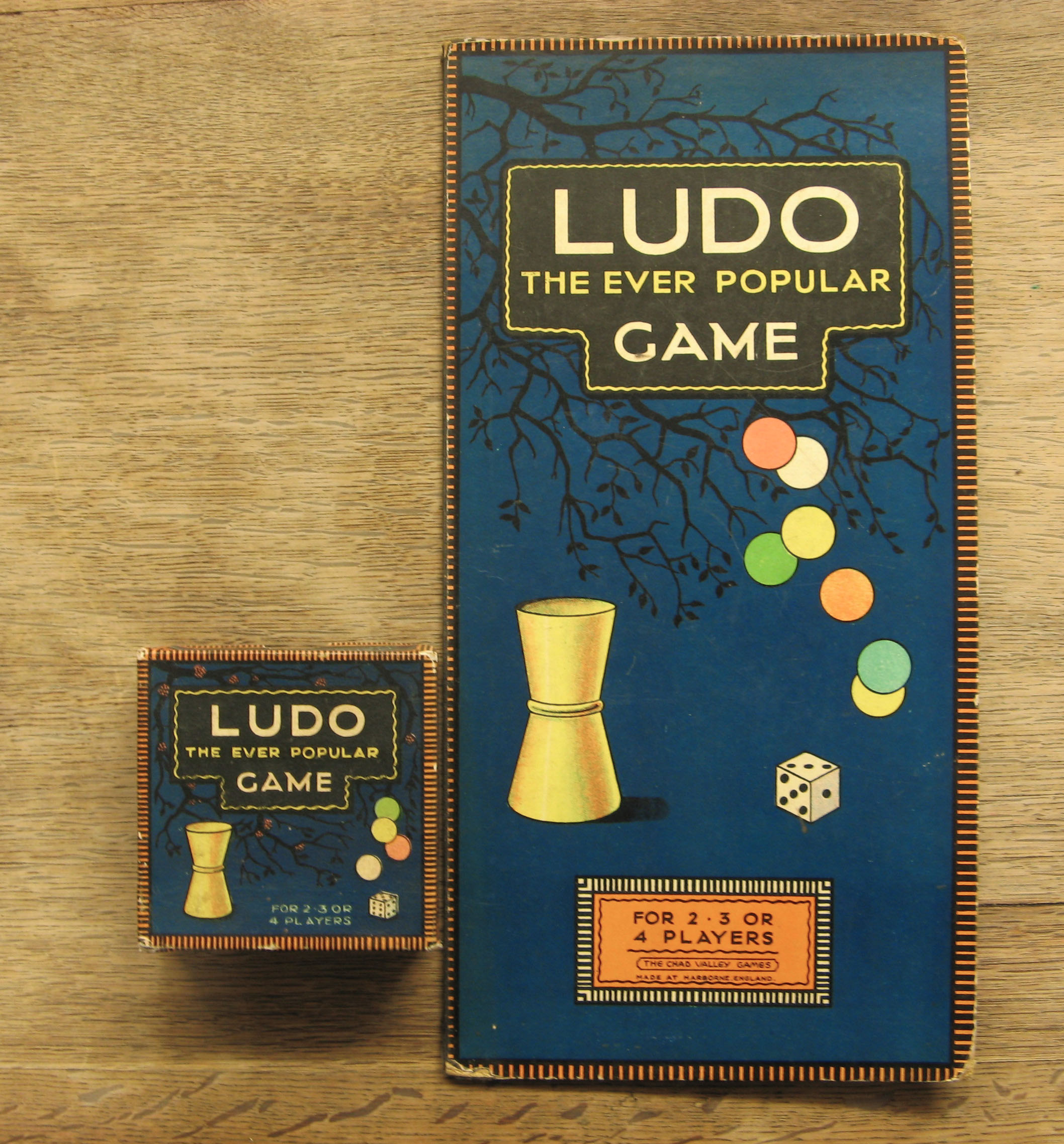|
Coppit
Coppit is a running-fight board game created in 1927 by Otto Maier Verlag which was originally called in (or Capture The Hat in English). It was renamed and has been re-released several times, most notably by the Spear's Games company in 1964. It is a game for two to six players and is based partly on luck with a die and partly on strategy. It is similar to the game Ludo and is nominally a children's game. The emblem on U-995, the world's only remaining German Type VIIC/41 submarine, features two ''Fang den Hut'' characters, as seen on the game's board. The game File:Fang den Hut board-04.svg, 2–4 players File:Fang den Hut board-06.svg, 2–6 players File:Coppit board-06.svg, 2–6 players (variant) Each player has four conical, or hat-shaped, playing pieces all of the same colour that start off in their home 'base'. The object is to move out of your base, capture, or 'cop', your opponent's pieces by landing on top of them, carry them back to your base, and 'imprison' the ... [...More Info...] [...Related Items...] OR: [Wikipedia] [Google] [Baidu] [Amazon] |
Ludo (board Game)
Ludo (; ) is a Abstract strategy game, strategy-based board game for two to four players, in which the players race game, race their four from start to finish according to the rolls of a single dice, die. Like other cross and circle games, Ludo originated from the Indian game Pachisi. The game and its variations are popular in many countries and under various names. History Ludo has its origins in the Indian game of Pachisi, created in India in the sixth century CE. It was modified to use a cubic die with a die cup and patented as "Ludo" in England in 1896 by Alfred Coller.Coller eventually patented the game and sold it as "Royal Ludo". The board game Uckers, popular in the Royal Navy, is based on Ludo. Ludo board Special areas of the Ludo board are typically coloured bright yellow, green, red, and blue. Each player is assigned a colour and has four tokens in their colour. The board is normally square with a cross-shaped , with each arm of the cross having three columns of squ ... [...More Info...] [...Related Items...] OR: [Wikipedia] [Google] [Baidu] [Amazon] |
Running-fight Game
Running-fight games are board games that essentially combine the ''method'' of race games (such as backgammon or pachisi) and the ''goal'' of elimination-based games such as chess or draughts. Like race games, pieces are moved along linear tracks based on the fall of dice or other lots; but like chess, the object is to capture opponent pieces. They might be most easily conceptualized as race games with two main differences: First, when a piece lands on a space or point occupied by an opponent, instead of sending it back to the beginning to start over, the opponent piece is '' captured'', permanently removed from the game. Second, there is typically no "end" to the track; pieces keep moving around their circuits, gradually capturing more and more enemy pieces. A player wins and ends the game by capturing the last of the opponent pieces. Running-fight games are found almost exclusively in Islamic-influenced cultures, ranging from West Africa to India, often bearing the names Tâb, ... [...More Info...] [...Related Items...] OR: [Wikipedia] [Google] [Baidu] [Amazon] |
Cross And Circle Games
Cross and circle is a board game design used for race games played throughout the world. Design The basic design comprises a circle divided into four equal portions by a cross inscribed inside it like four spokes in a wheel; the classic example of this design is yut. The term "cross and circle game", however, is also applied to boards that replace the circle with a square, and cruciform boards that collapse the circle onto the cross; all three types are topologically equivalent. Ludo and '' Parcheesi'' (both descendants of pachisi) are examples of frequently played cruciform games. The category may also be expanded to include circular or square boards a cross which are nevertheless quartered ( Zohn Ahl), and boards that have more than four spokes ('' Aggravation'', ''Trivial Pursuit''). The gameboard for the Aztec game patolli consists of a collapsed circle an interior cross and thus has the distinction of being a cross that a circle (topologically), without being a cros ... [...More Info...] [...Related Items...] OR: [Wikipedia] [Google] [Baidu] [Amazon] |

